The Thrustmaster T-LCM in a few words
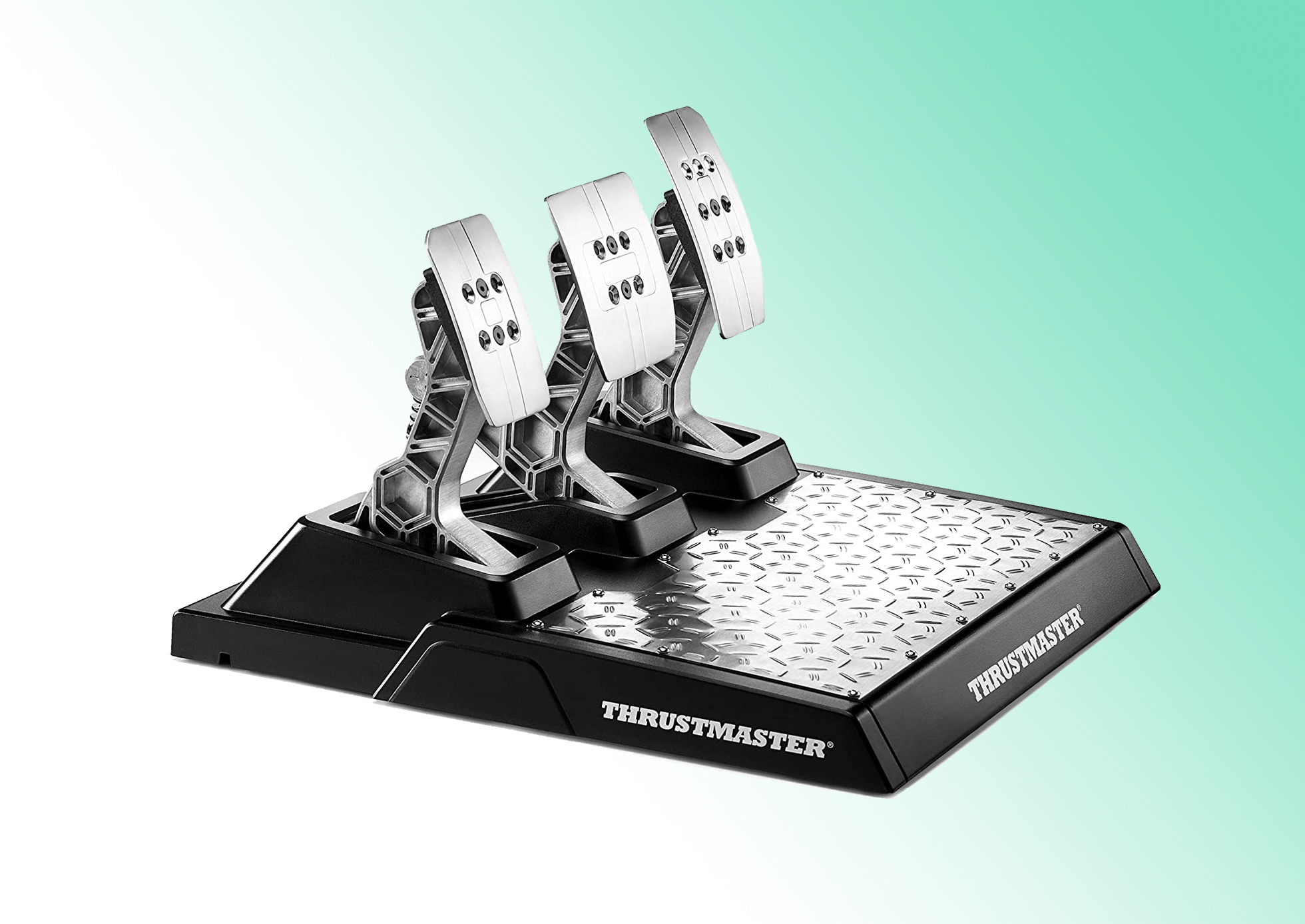
Advantages & Disadvantages
✅ Good brake pedal feel
✅ Good build quality
✅ Magnetic sensors on pedals
✅ Compatible with Playstation, Xbox and PC
✅ Brake pedal with Load Cell up to 100 kg
❌ Slips a little if installed on the floor
❌ Mainly plastic construction
ㅤ
Many brands are active in the field of sim-racing, and have been for at least 20 years. If you’re a fan of the discipline, or of video games in general, you’re probably familiar with names like Logitech or Thrustmaster. These two manufacturers have made a name for themselves in the gaming peripherals segment, be it sim-racing, steering, joysticks and so on.
All good racers, at least those who devote part of their time to racing and improving, will tell you that a sim-racing setup consists mainly of a steering wheel, a base and a pedalboard, although some might tell you that the last peripheral is optional. However, the pedalboard is just as important to sim-racing as the steering wheel, and a good pedalboard will make the difference on any race.
With over 20 years’ experience, Thrustmaster knows how to manufacture sim-racing peripherals for virtually all players. In what follows, I’m going to introduce you to the T-LCMa Load Cell pedalboard that supports the TS-PC Racer to complete the manufacturer’s racing range. I’ll tell you all about its features, strengths and weaknesses, and give you my opinion.
Main features and technical specifications of the crankset
- Load Cell brake pedal with max. pressure of 100 kg
- 3 metal pedals
- Structure combining plastic and metal
- RJ12 and USB connection
- Compatible with all platforms (Xbox, PC, Playstation), whatever the ecosystem
- Works with Thrustmaster T-Series base range
- 3-axis pedal adjustment
- Brake calibration with Thrustmaster software
- Magnetic sensors with H.E.A.R.T. technology
Thrustmaster T-LCM design
We all know that Thrustmaster is a brand that mainly offers mid-range sim-racing peripherals. As a result, the manufacturer uses plastic extensively in order to reduce production costs and remain competitive in this segment.
The T-LCM is no exception to this rule, and I think its design is pretty good. The pedals are in brushed metal, and the footrest is also in metal, but with a more chromed look. Well, it depends on the angle from which you look at it, but it’s nice all the same. In absolute terms, the T-LCM looks very similar to the brand’s other pedalboards, and you’ll immediately recognize it when you come across it on the web.
I think it’s sober, even if the color combination isn’t the best. Black with chrome can go with many setups, but it’s a bit bright. Nevertheless, the execution is successful and the T-LCM remains a beautiful piece.
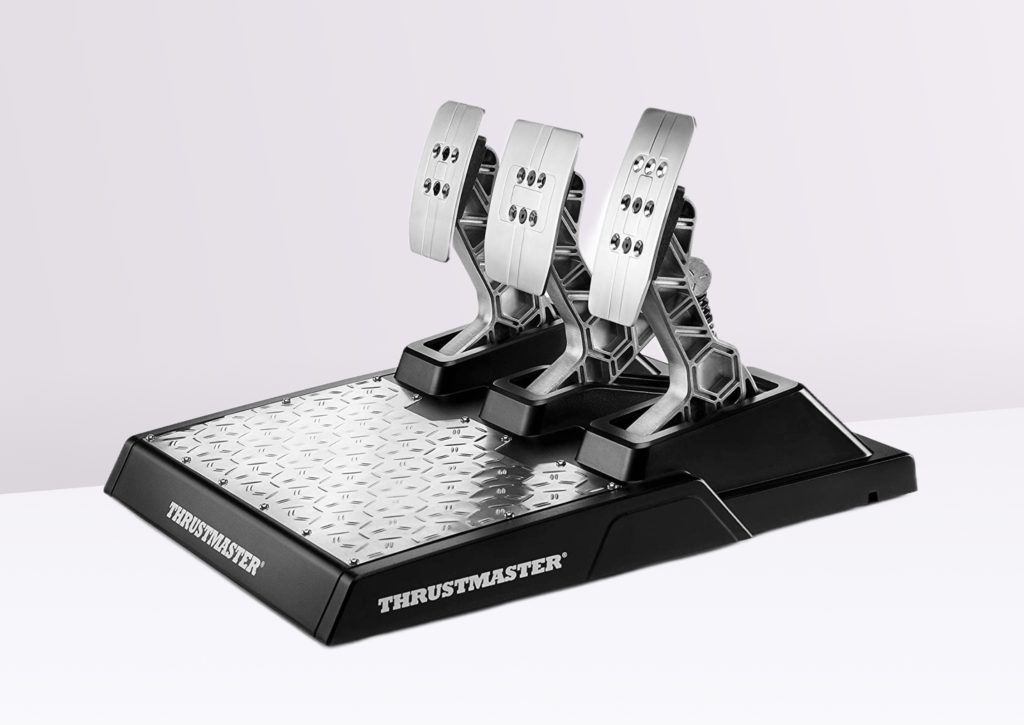
Customized assembly
Thrustmaster developed the T-LCM to challenge Fanatec on its own turf. So it’s only natural that priority was given to mounting the pedalboard on a cockpit. However, a total of 5 pads underneath ensure that the T-LCM stays firmly in place on most surfaces, while its weight (5.3 kg) adds a dose of grip.
For the chassis, Thrustmaster has provided 4 screws to bolt the T-LCM to a cockpit. Once in place, the pedalboard won’t move a muscle, even if you’re doing hours-long sim-racing sessions. In fact, if you’re going to be playing for long periods, I’d recommend using a cockpit or sticking the T-LCM against a wall to prevent it from slipping. If you’re interested, I’ve already given my opinion on certain cockpits, which you can find by clicking here..
Manufacturing and finishing
Although Thrustmaster has set its sights on Fanatec with the T-LCM, manufacturing quality is not yet ready to compete with the German manufacturer. Make no mistake! The T-LCM is very well designed, with a good finish, but it’s not up to the same level as Fanatec.
Thrustmaster has used 2 materials for its pedalboard: plastic and metal. Plastic makes up almost the entire structure of the T-LCM, while metal is used for the pedals and footrest. Some might think that it’s not solid, but I can assure you that the T-LCM is sturdy and, above all, well finished.
Having meticulously inspected it when I took it out of its box, I was delighted to find Thrustmaster’s manufacturing quality again. All parts are well machined, with no burrs. In fact, the T-LCM ‘s structure consists of two removable parts, the lower of which is reinforced with a metal plate to withstand braking. It’s well made and, above all, designed to last. Admittedly, the plastic isn’t premium, but as long as the device can withstand the vagaries of everyday sim-racer life without plugging in, I can live with it.
Getting to know the pedals
First impression out of the box: the T-LCM weighs in at a hefty 5.3 kg. Not as heavy as a Fanatec ClubSport V3 and its 8kg (on which I’ve already given my opinion here), but it’s still heavy. The pedals are solidly anchored to the crankset structure and move superbly well on their axles. The gas pedal and clutch pedals have rather soft springs, with magnetic sensors. As for the brake pedal, this is where the fun begins. It uses a Load Cell to enhance driving immersion.
In terms of ergonomics, the T-LCM is a great performer, offering 3-axis pedal adjustment and spring resistance. In fact, 6 more are supplied with the crankset to accommodate as many riders as possible. Having used it on the ground and on a cockpit, I have to admit that the T-LCM slips a little on hardwood floors, especially if you use the brake hard. On a cockpit, it’s literally bolted to the frame.
Sensations during play
Let’s take a look at the T-LCM. As I said, this crankset uses a Load Cell for the brake pedal, and it’s finally a good thing to see this from Thrustmaster. This technology is based on the use of a pressure sensor that provides actual data according to the force you exert on the pedal. To put it simply: the harder you push on the pedal, the more powerful the braking, just like in a real car, and frankly, that makes all the difference compared to potentiometers.
In play, it’s just realistic, that’s the word, especially for heavy braking. For the other pedals, namely the clutch and gas pedal, magnetic sensors are used to register the rider’s inputs. Not only does this provide greater reading accuracy, it also considerably increases the reliability of the T-LCM, since there is no contact between the parts.
The gas pedal is rather soft, and the clutch a little harder. As for the brake, with the right spring, you can have a really hard pedal, requiring 100 kg of pressure to depress. If you’re used to a potentiometer crankset (T3PA for example, on which I’ve already given my opinion here).
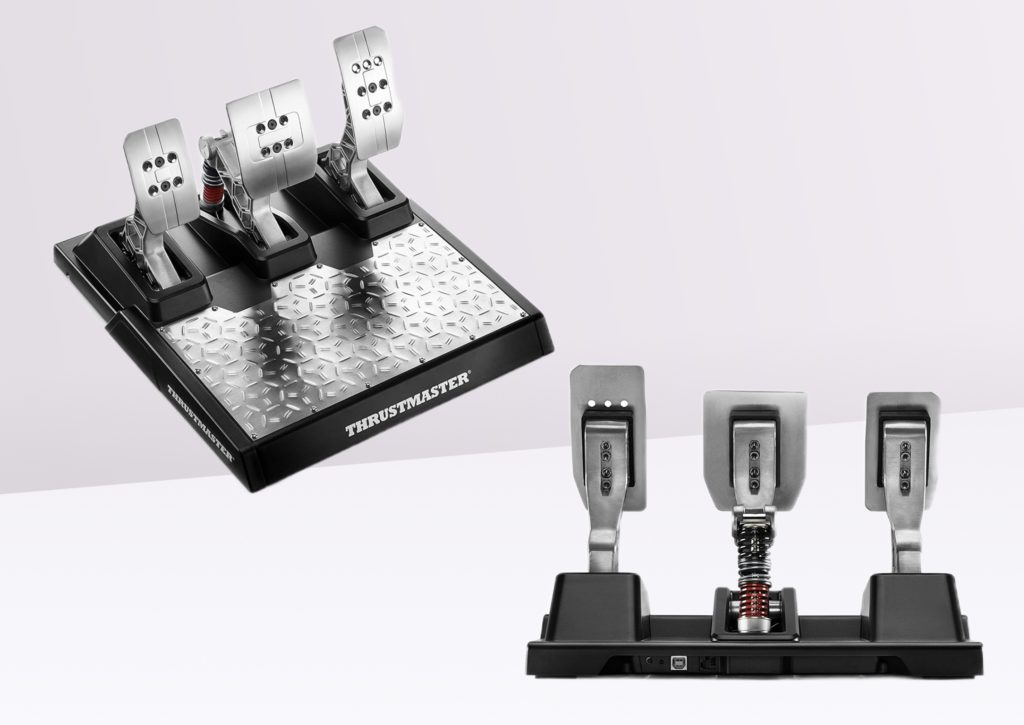
Thrustmaster T-LCM compatibility
The T-LCM is compatible with Thrustmaster’s entire T-Series base/flight range, giving you a very wide range of products if you’re using the RJ12 connection. And if you have third-party products, the USB cable will do the trick on all platforms.
When it comes to chassis, it’s the same story: the T-LCM is supported by virtually all cockpits available on the market, including those from Playseat. The same goes for titles, with compatibility on all sim-racing games.
Value for money
Listed at €229.99 on the Thrustmaster website, the T-LCM can easily be found for €200 on Amazon and other online retailers. For this price, it’s an excellent product, with very good value for money. Admittedly, it’s not on the same level as a ClubSport V3, but it’s still a good alternative to the German sim-racing giant.
My verdict on the Thrustmaster T-LCM
Thrustmaster frankly surprised me with its first Load Cell pedalboard for very little money. Granted, the use of plastic looks cheap and it’s scary to use the T-LCM to its full potential, but I was surprised to see that this pedalboard is robust and well-designed.
Honestly, for €200 I think it’s an excellent choice, especially for sim-racers new to the discipline or those who want to improve without squandering their savings. It’s not at the same level as a ClubSport V3, of course, but don’t forget that Fanatec’s jewel costs twice as much. If I have a limited budget for a Load Cell pedalboard, the choice is quickly made: Thrustmaster T-LCM! But if that’s not the case, and you want to invest in a nugget, then I urge you to take a look at my review of the Fanatec Clubsport v3.


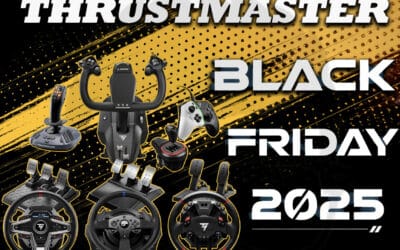


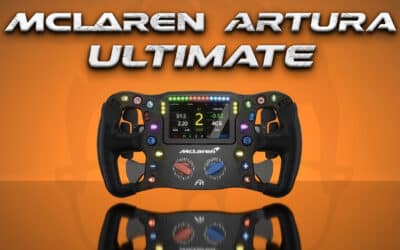
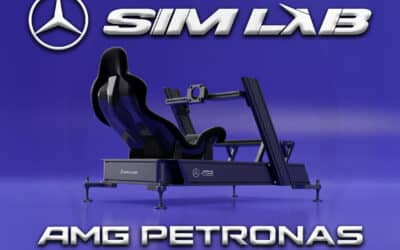
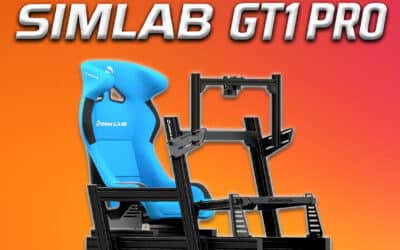
0 Comments